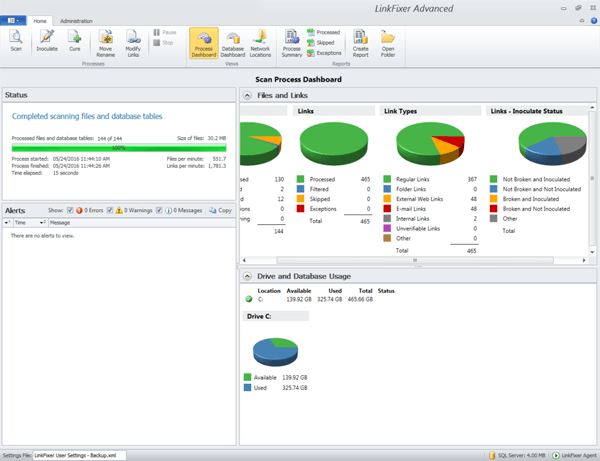Automation Tools for Site Management

For businesses, nonprofits and other entities today, a well-maintained website is one of the most valuable assets they can have. It's the face of the organization and a hub for its operations. To get the most out of your website, though, you need to manage it and maintain it.
Doing so manually, however, takes a lot of time.
Thanks to modern technology, some of that maintenance can be automated. Although you won't be able to set and forget your site entirely, these tools and tactics can save you a lot of precious time.
1. Monitor Business Transactions
To best serve your customers, you need to manage your relationships with them so you know what you need to do to make them happy. Customer relationship management (CRM) software can help you automate some of those tasks.
CRM software keeps track all your communications with your customers, which helps you organize your marketing, sales and customer service. It allows you to make sure customers don't receive duplicative contact from you and that every salesperson is on the same page. The system might automatically send customers marketing materials.
2. Identify and Fix Performance Problems
To keep your website running smoothly, you constantly have to monitor it for performance problems. Most sites have a lot of moving parts, so doing this can be extremely time-consuming. Luckily, there are some tools available that can speed up this process and automate it completely.
AppDynamics, a product from Cisco, automatically checks for slow response times and alerts you if it finds any issues. This could help prevent visitors or customers from finding those problems themselves, which is something you definitely do not want. Studies show more than half of users won't return to a slow site, and a lack of speed can also hurt your rankings in search engines.
Broken links are another common problem that can frustrate website visitors and make your organization appear unprofessional. Instead of searching through your entire site clicking on links to see if they work, you can use a tool like Advanced LinkFixer to automatically fix broken file links.

(Image source)
3. Automate Content Updates
Keeping your website consistently updated with new content keeps visitors interested and may help your website show up in search engines. Automation tools can help you speed up that process.
The popular automation tool If This Then That, known as IFTTT, can upload posts to your website automatically and perform a number of other tasks as well. You can use it to automatically create post drafts or published posts from cards you put in Trello or notes you create on your smartphone.
You could also use IFTTT or other automation tools like Zapier to automatically update an event calendar or rotate featured content.
4. Automate Infrastructure Management
Thanks to modern automation tools, you can even automatic some of the more technical aspects of website management. Automatic infrastructure management tools can help with that by allowing developers to automate some of their processes.
Tools like Pantheon can make updating your site's code and keeping it running quickly easier. Pantheon and similar tools also often include user interfaces that help your team manage your site and keep everyone on the same page.
The Future of Automation Technology
Automation technology makes managing and maintaining your website much easier and less time-consuming, and developers create new ones every day.
There's even a tool called the Grid, or Molly, that can design your entire site using machine learning. All you have to do is add the content. Adobe is working on a similar set of tools that have already edited the Food Network's website.
There's a lot you can do with automation tools for website management, but this is just the beginning.
About the Author
Kayla Matthews writes for Mobile Marketer, Convince and Convert, Cision and Marketing Dive. You can read more post from Kayla by following her on Twitter and LinkedIn.

Subscribe to Our Newsletter!
Latest in Marketing








